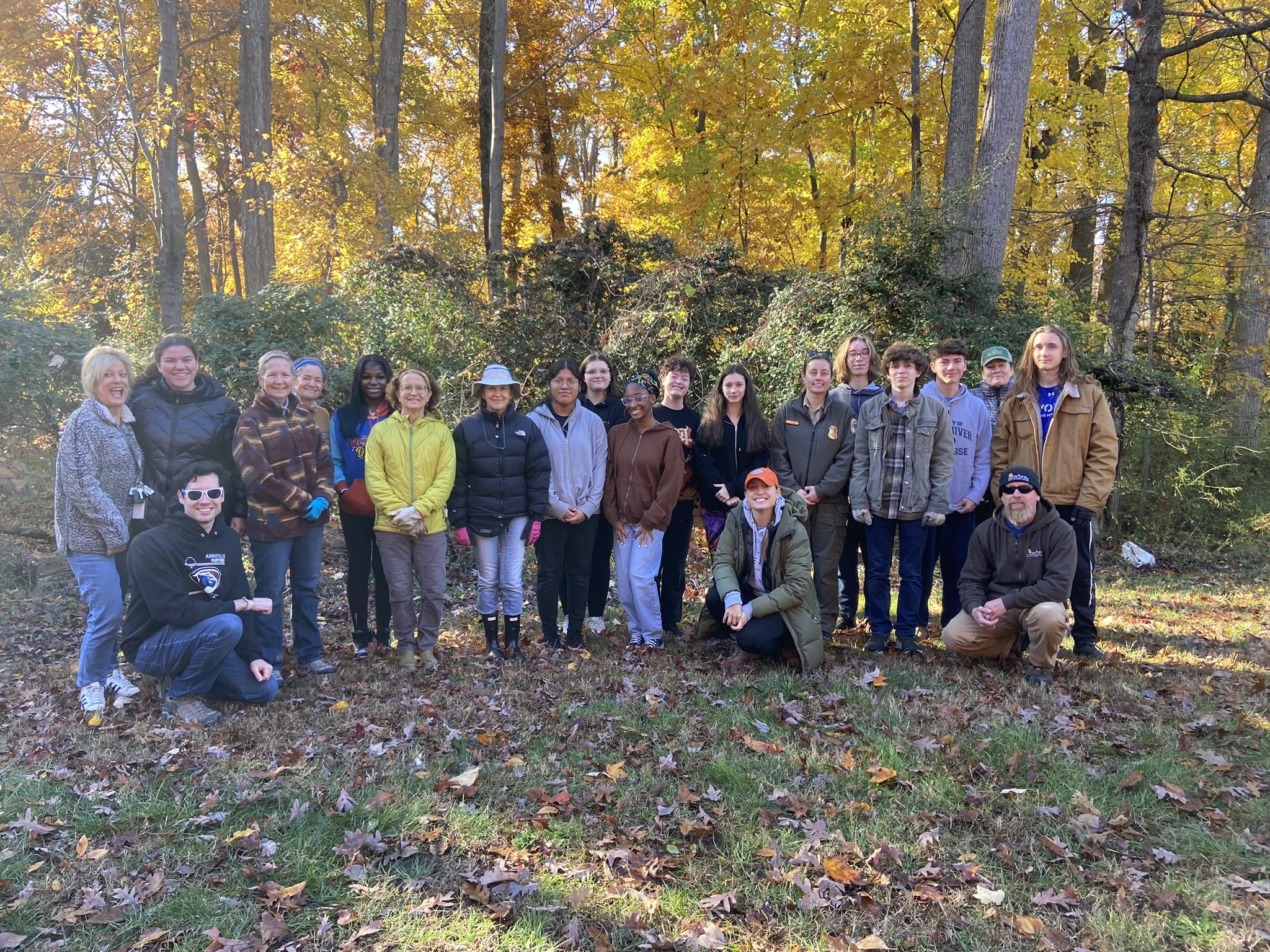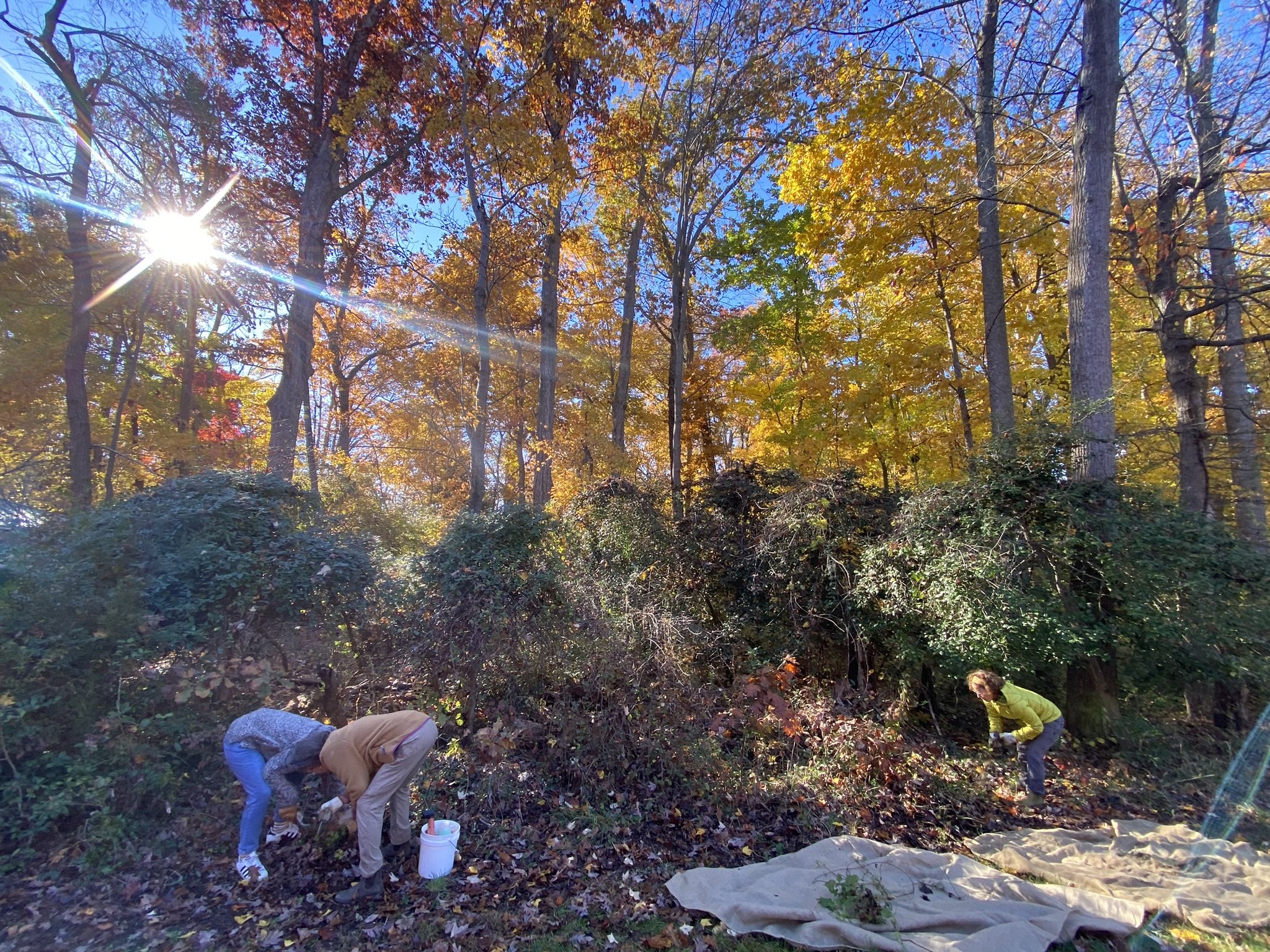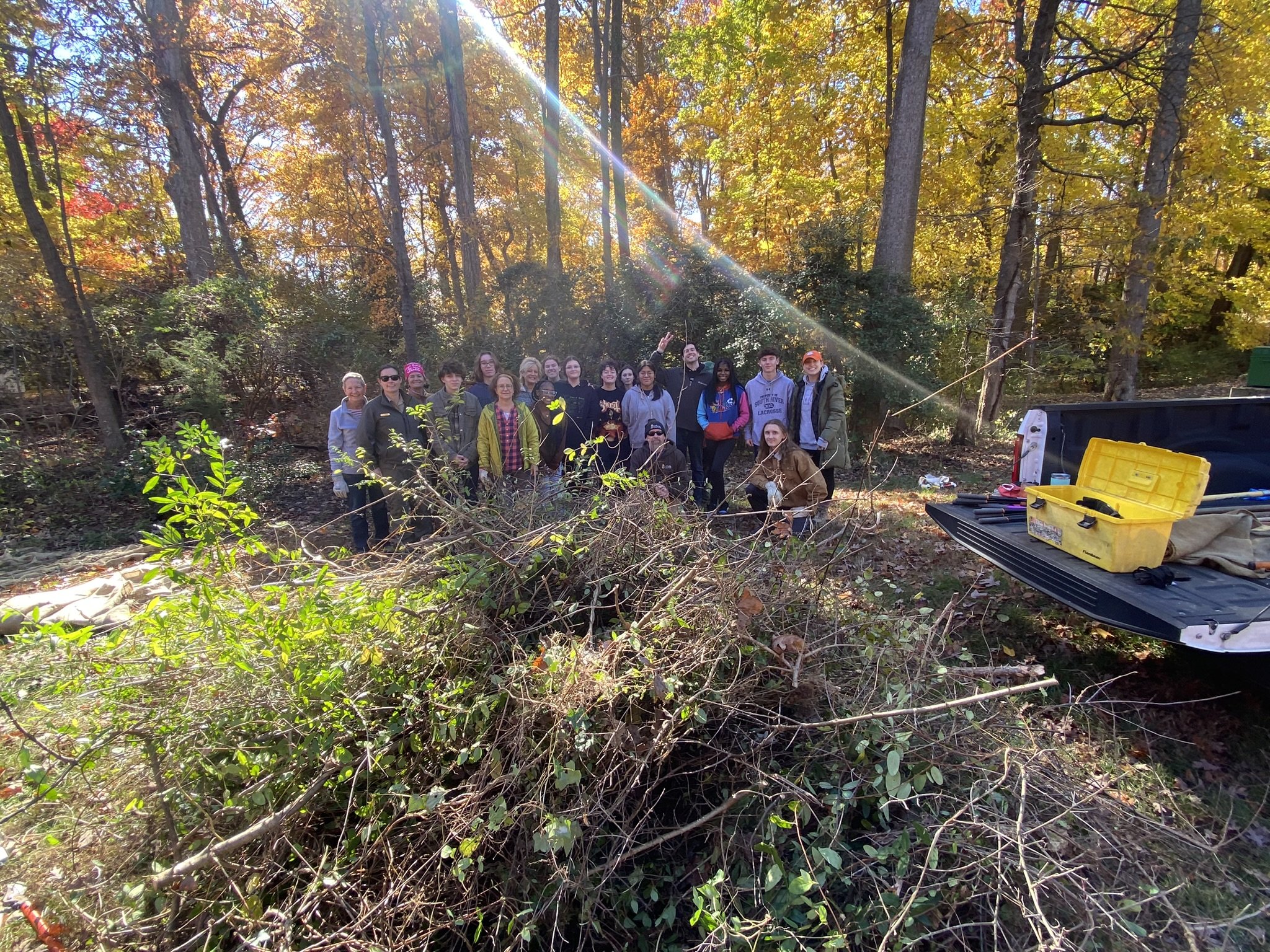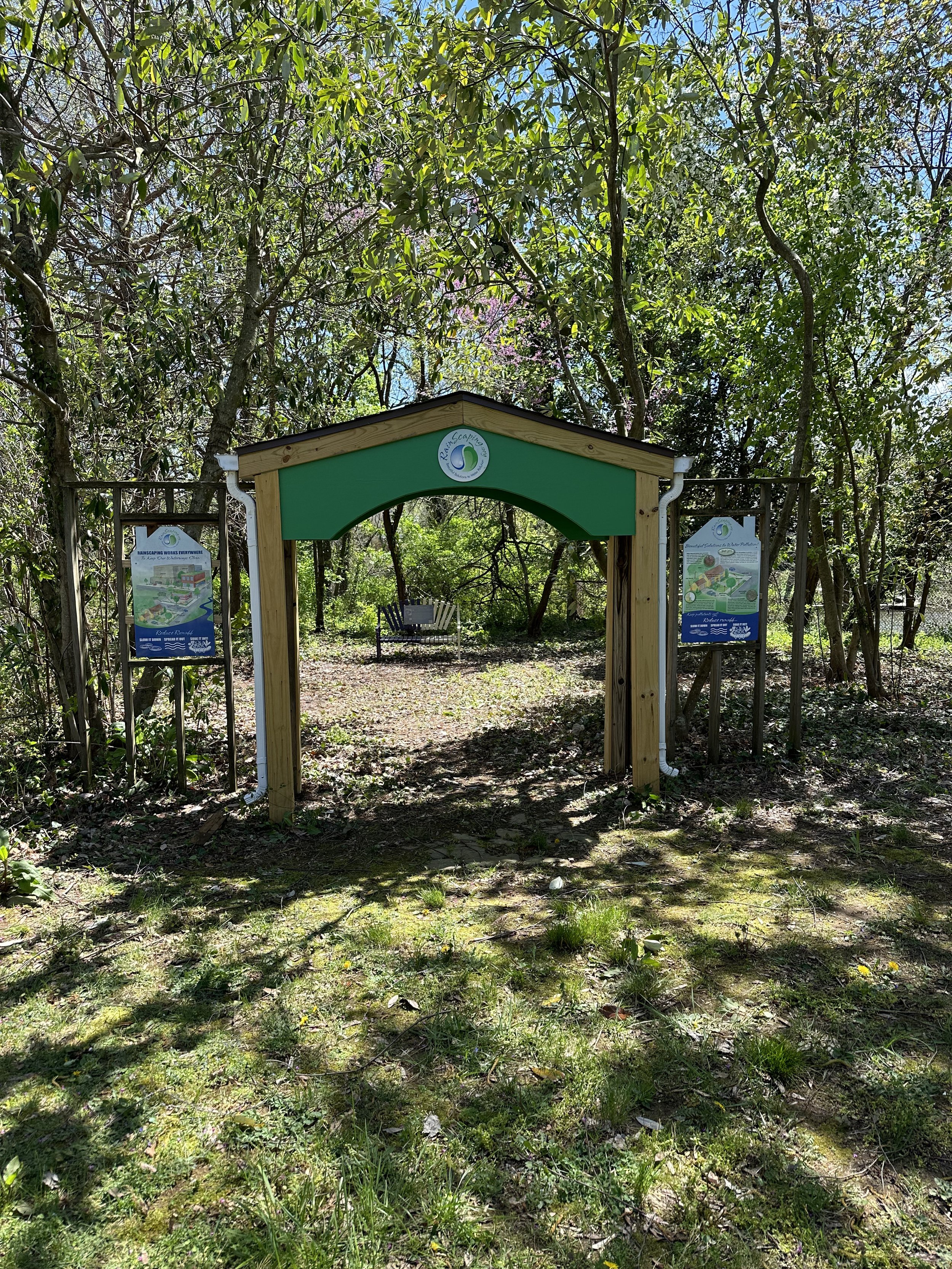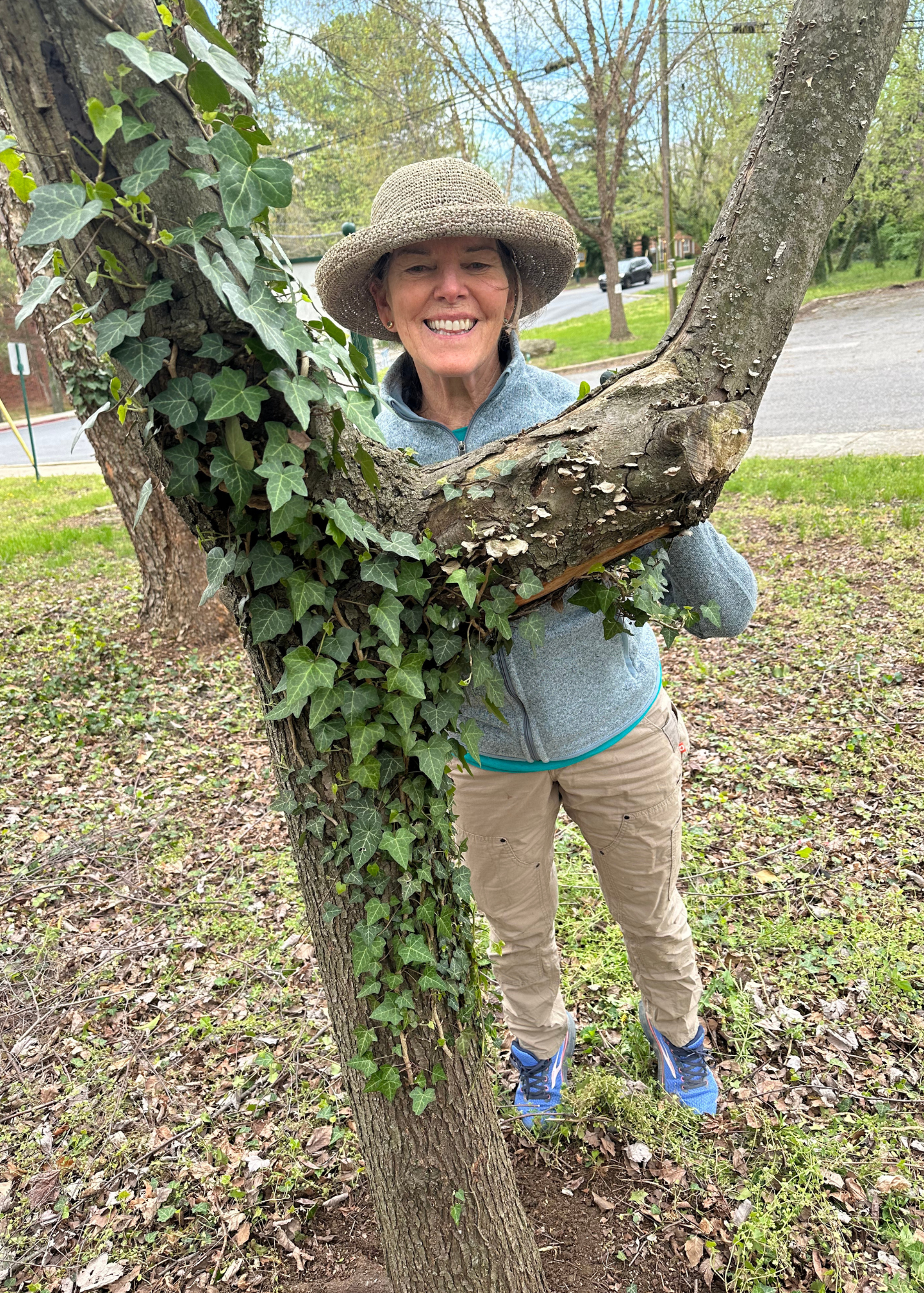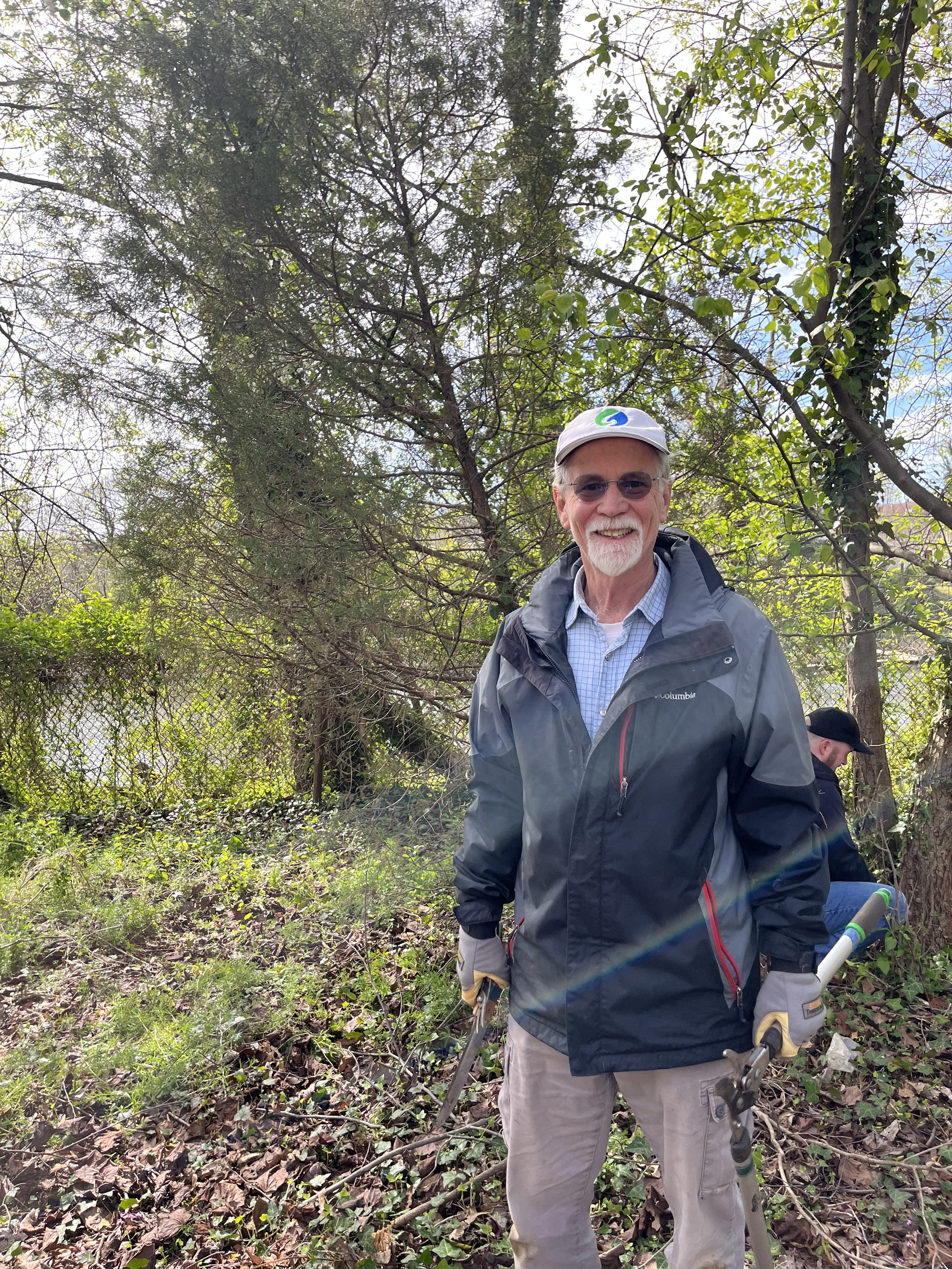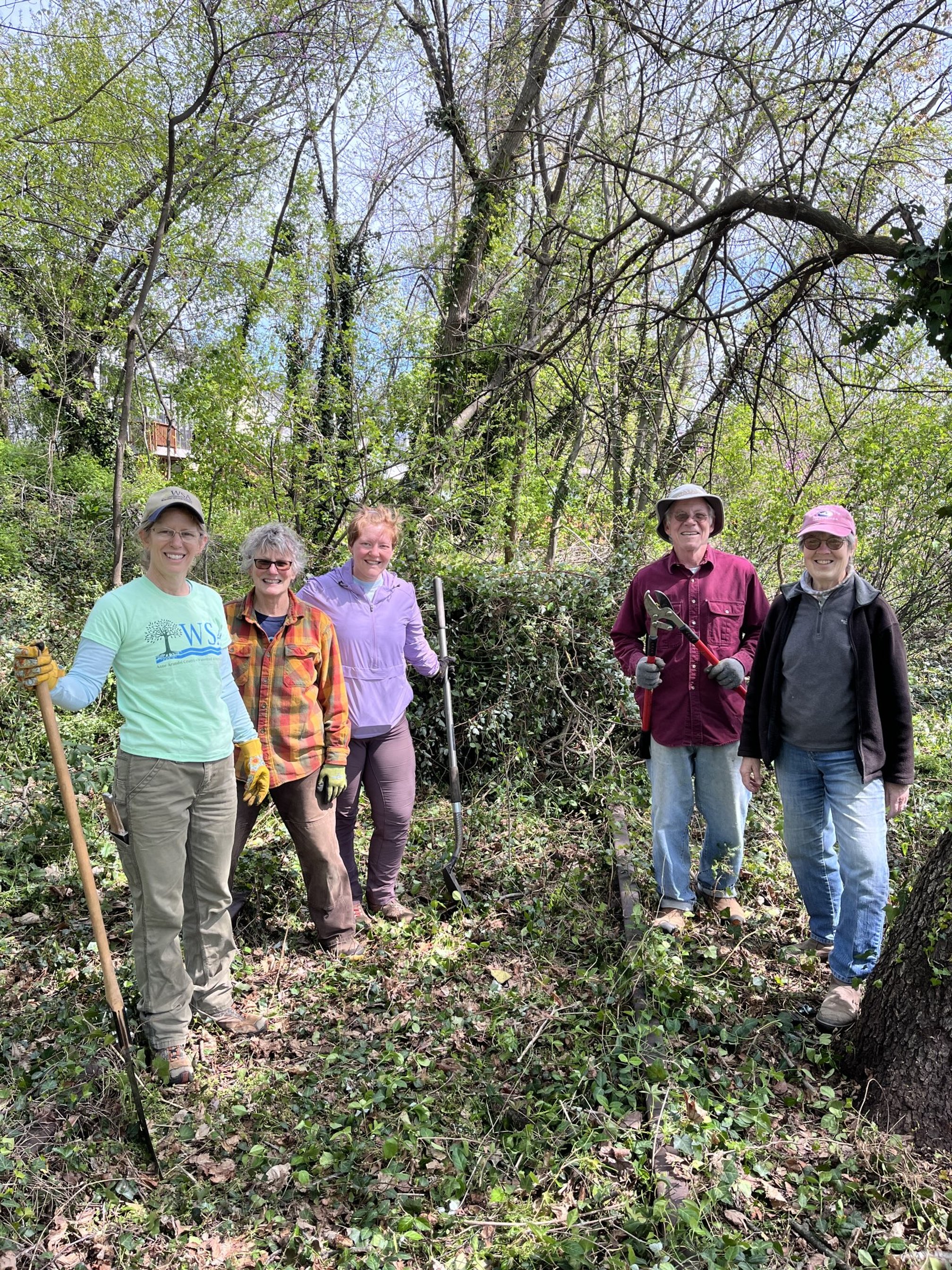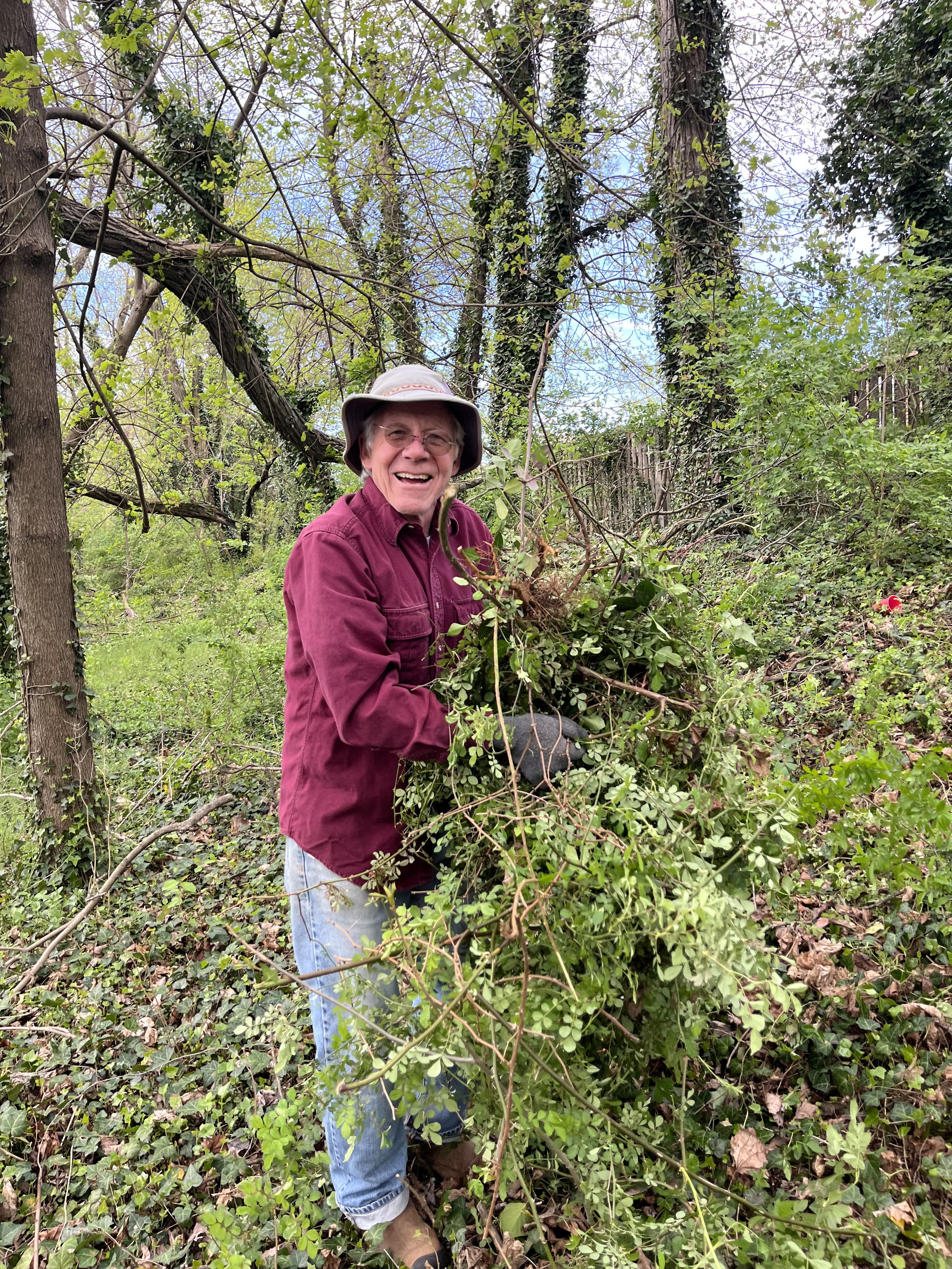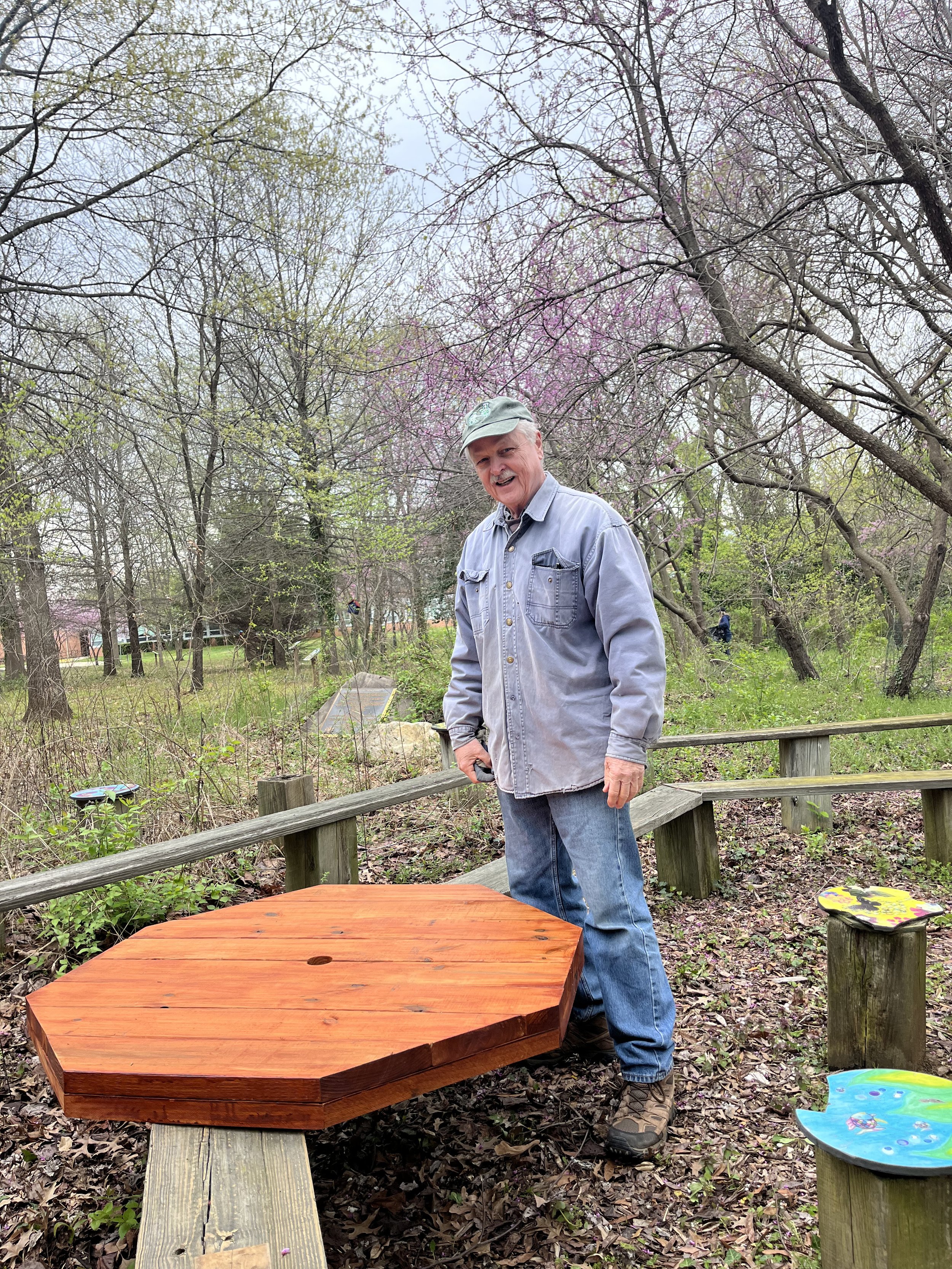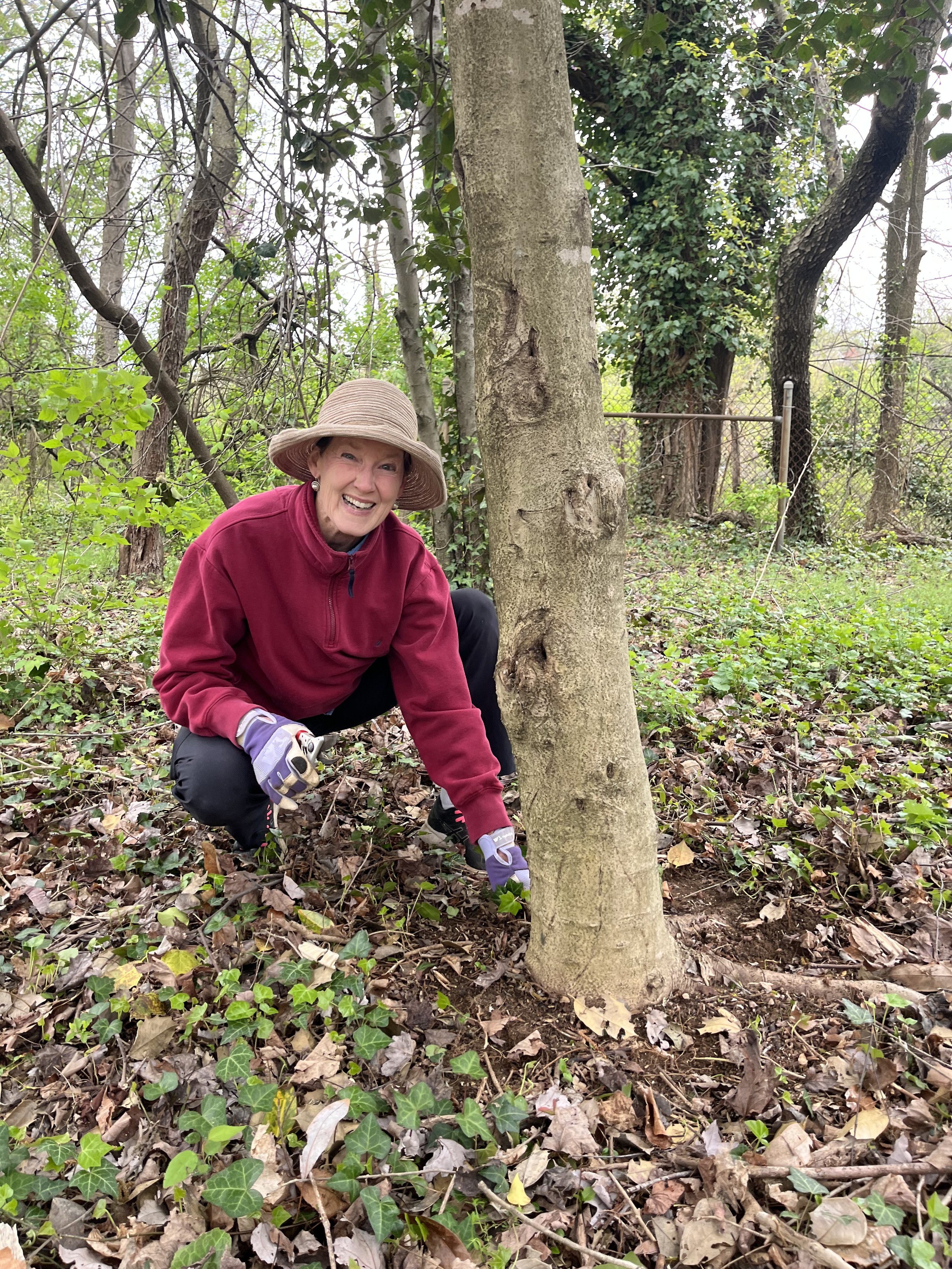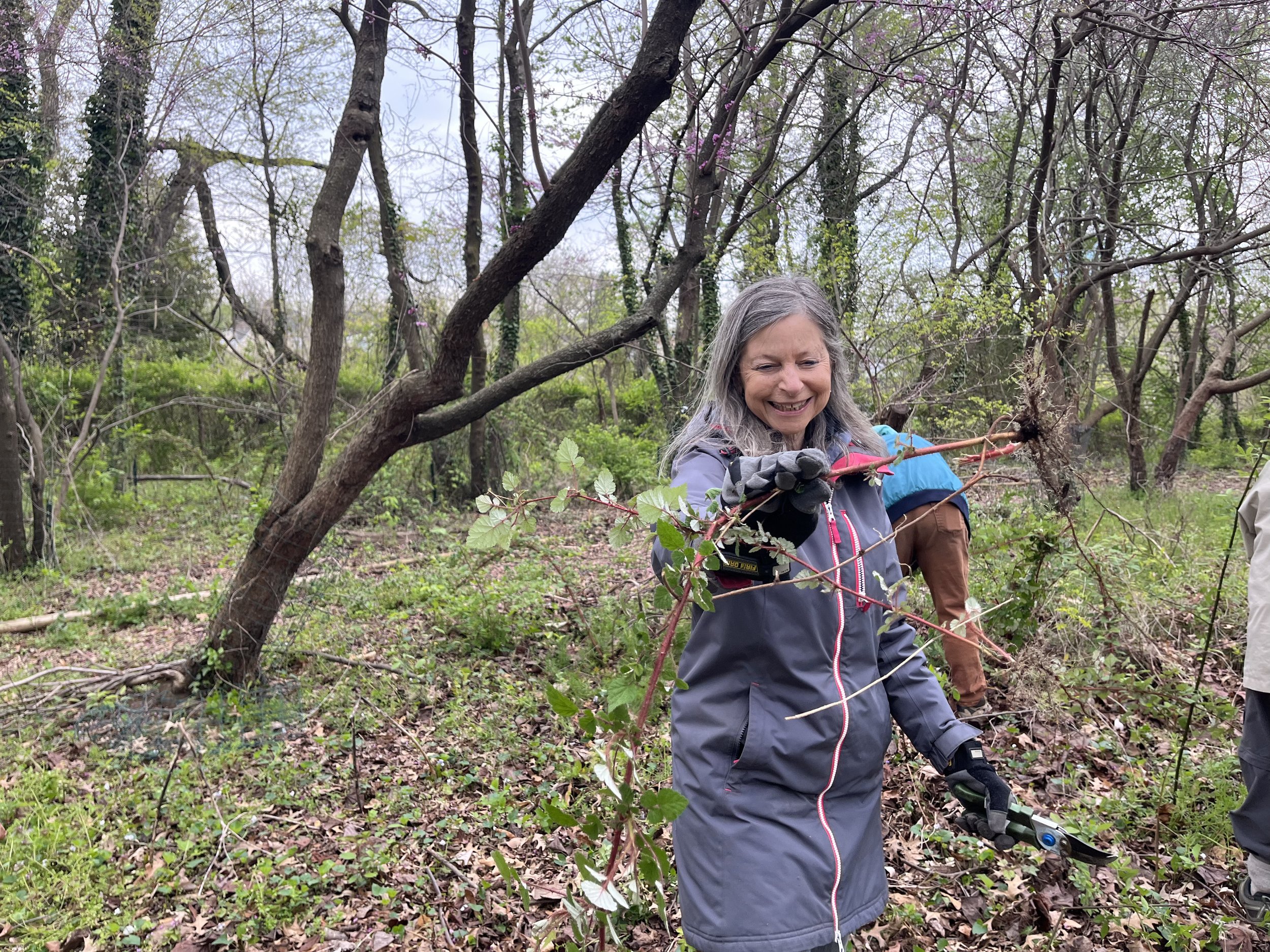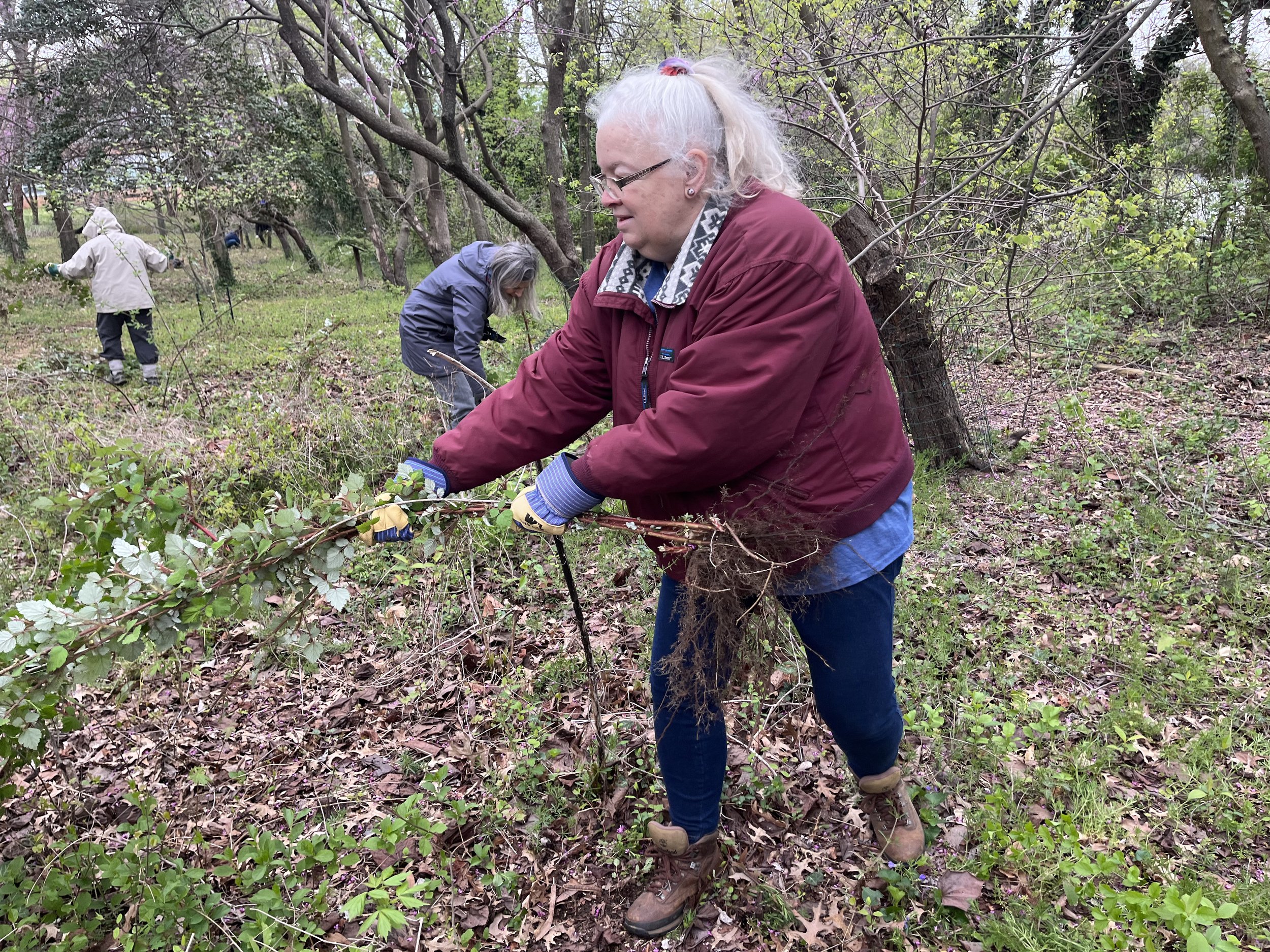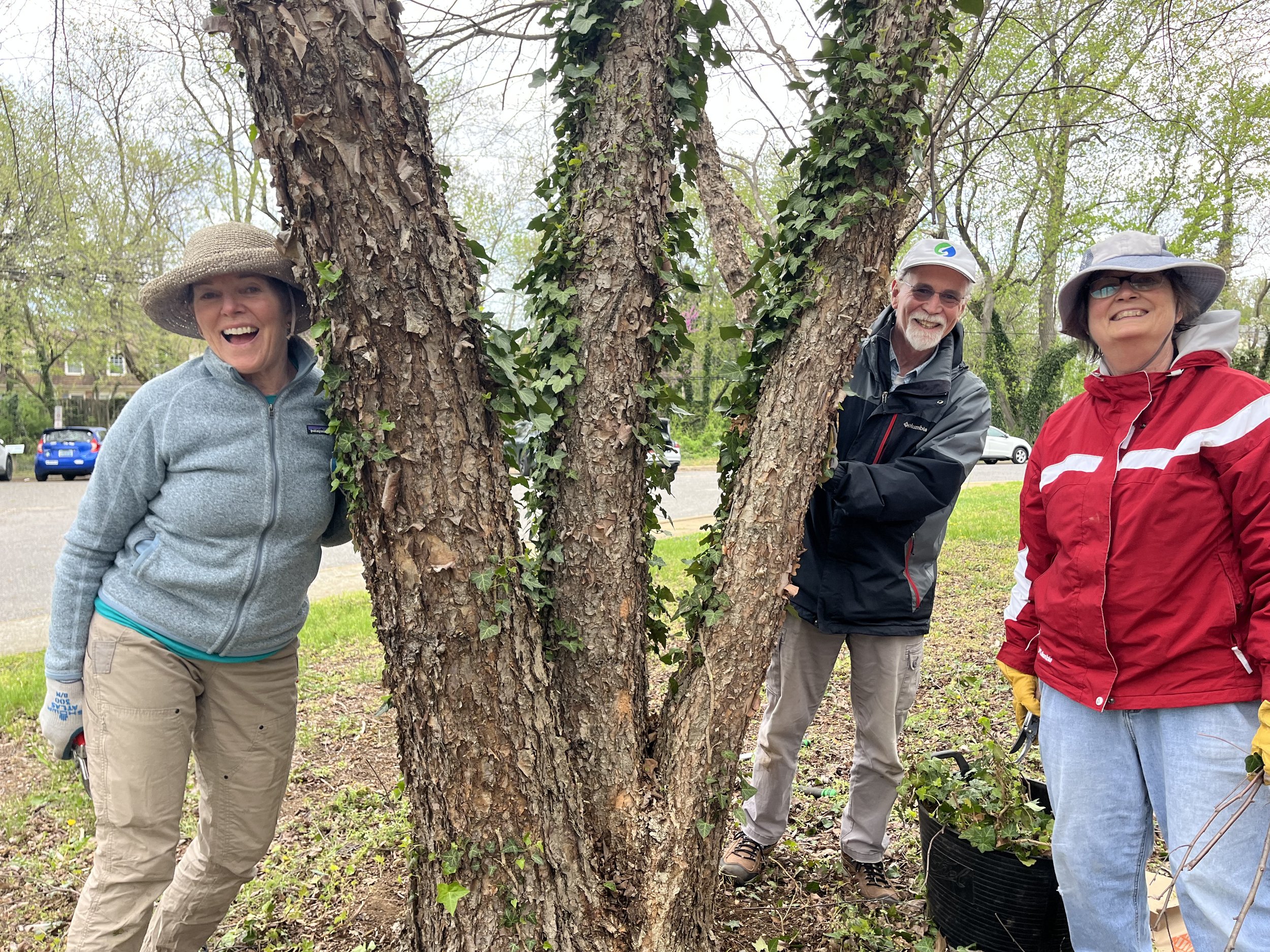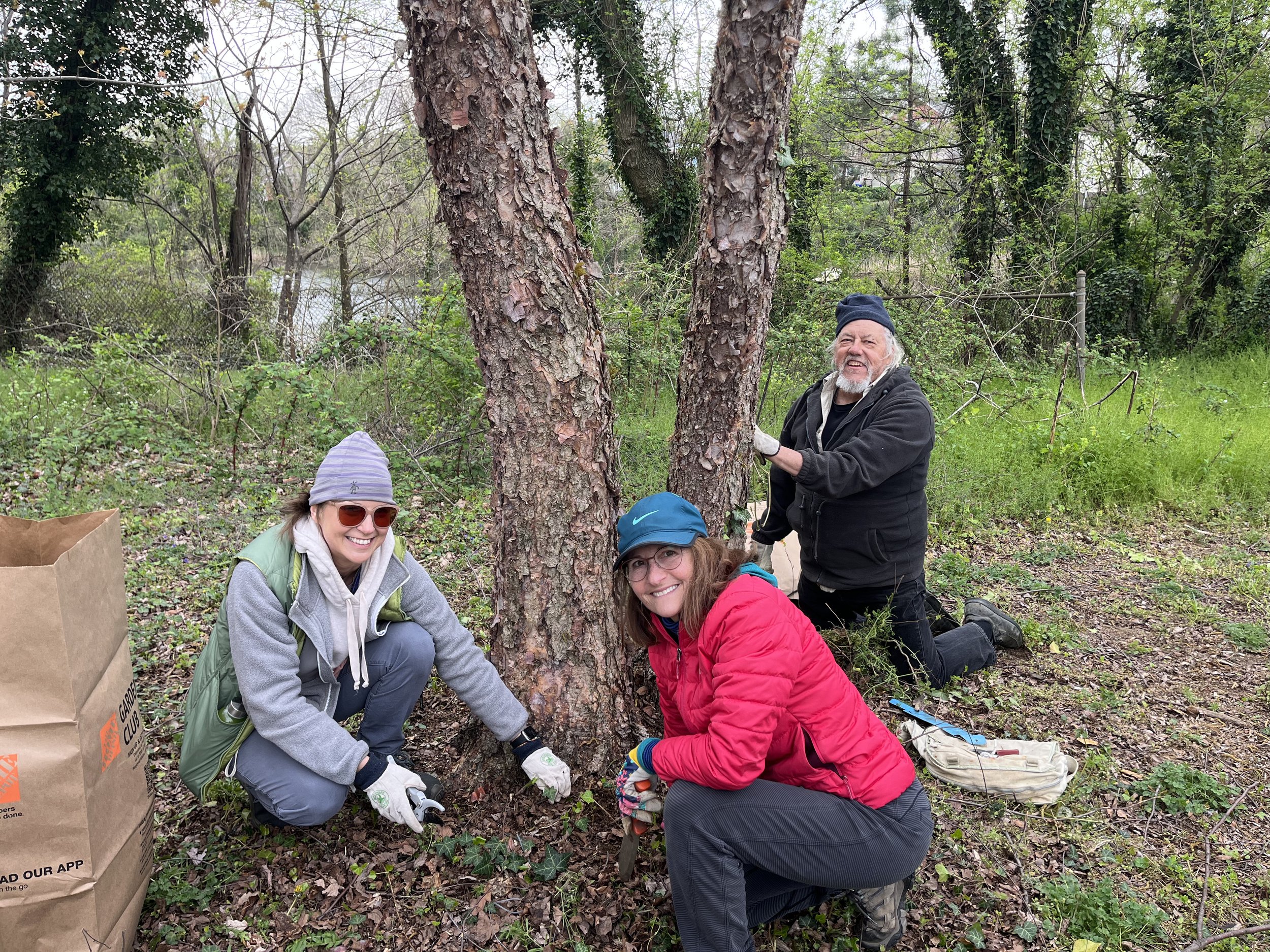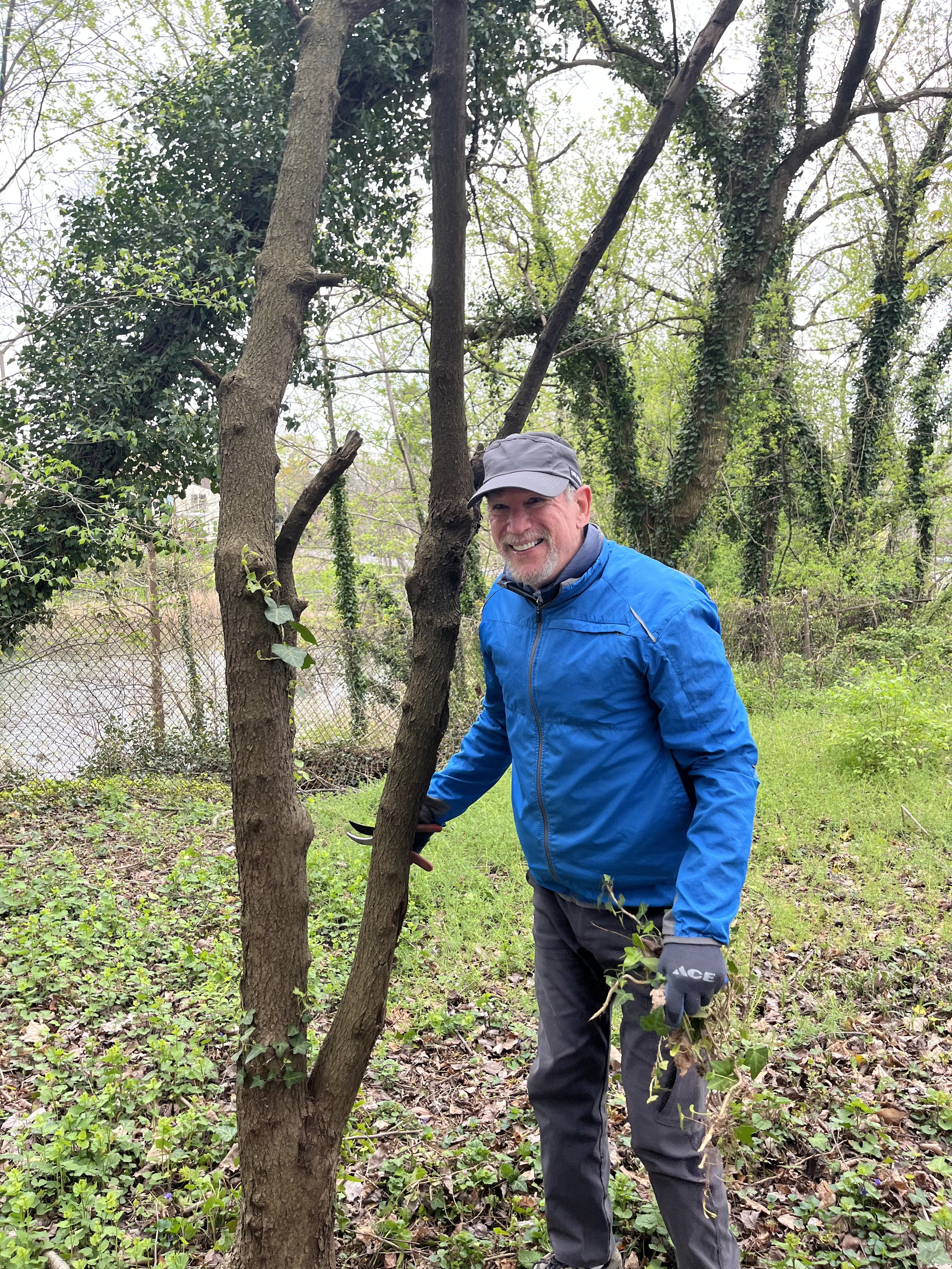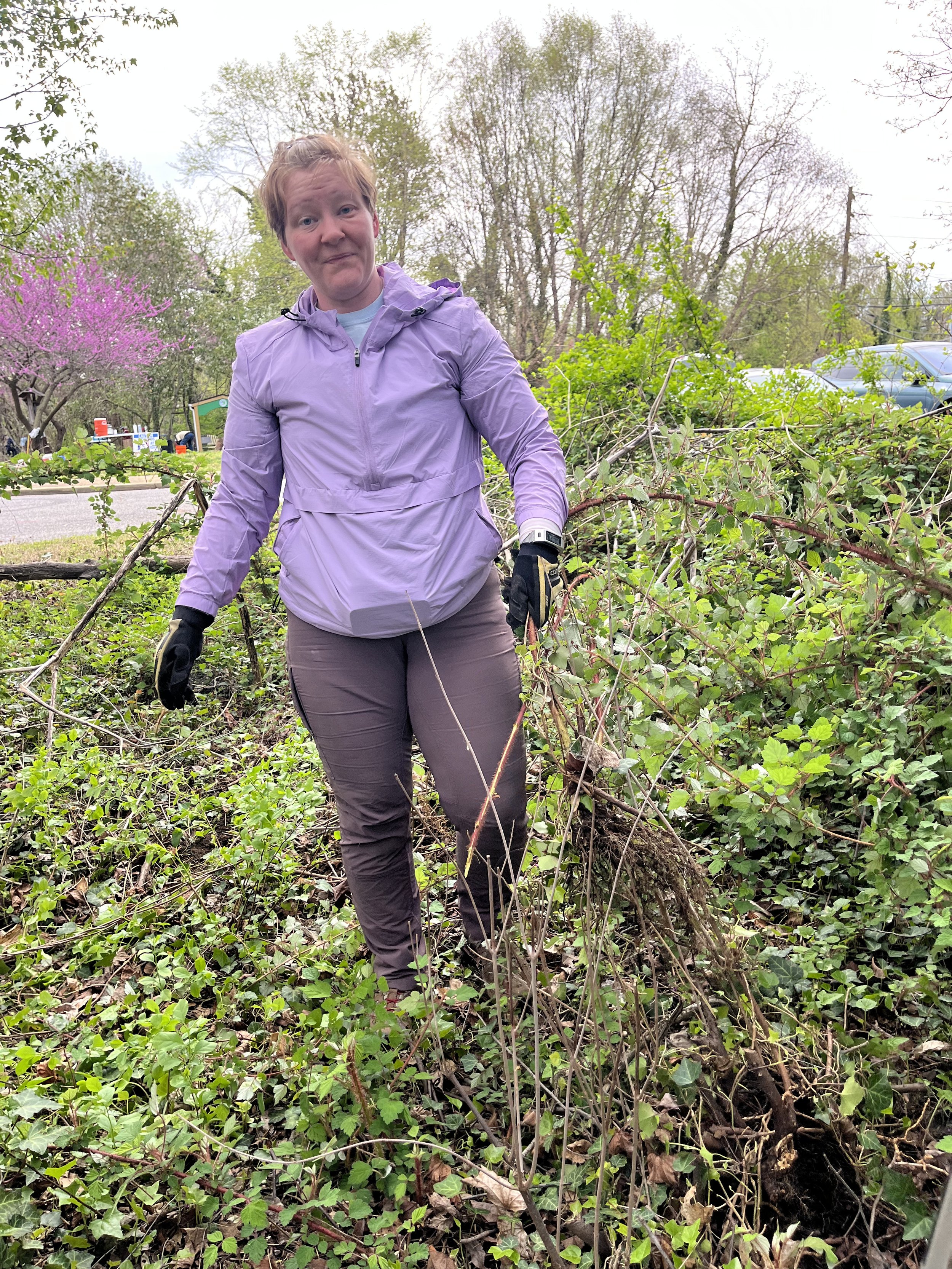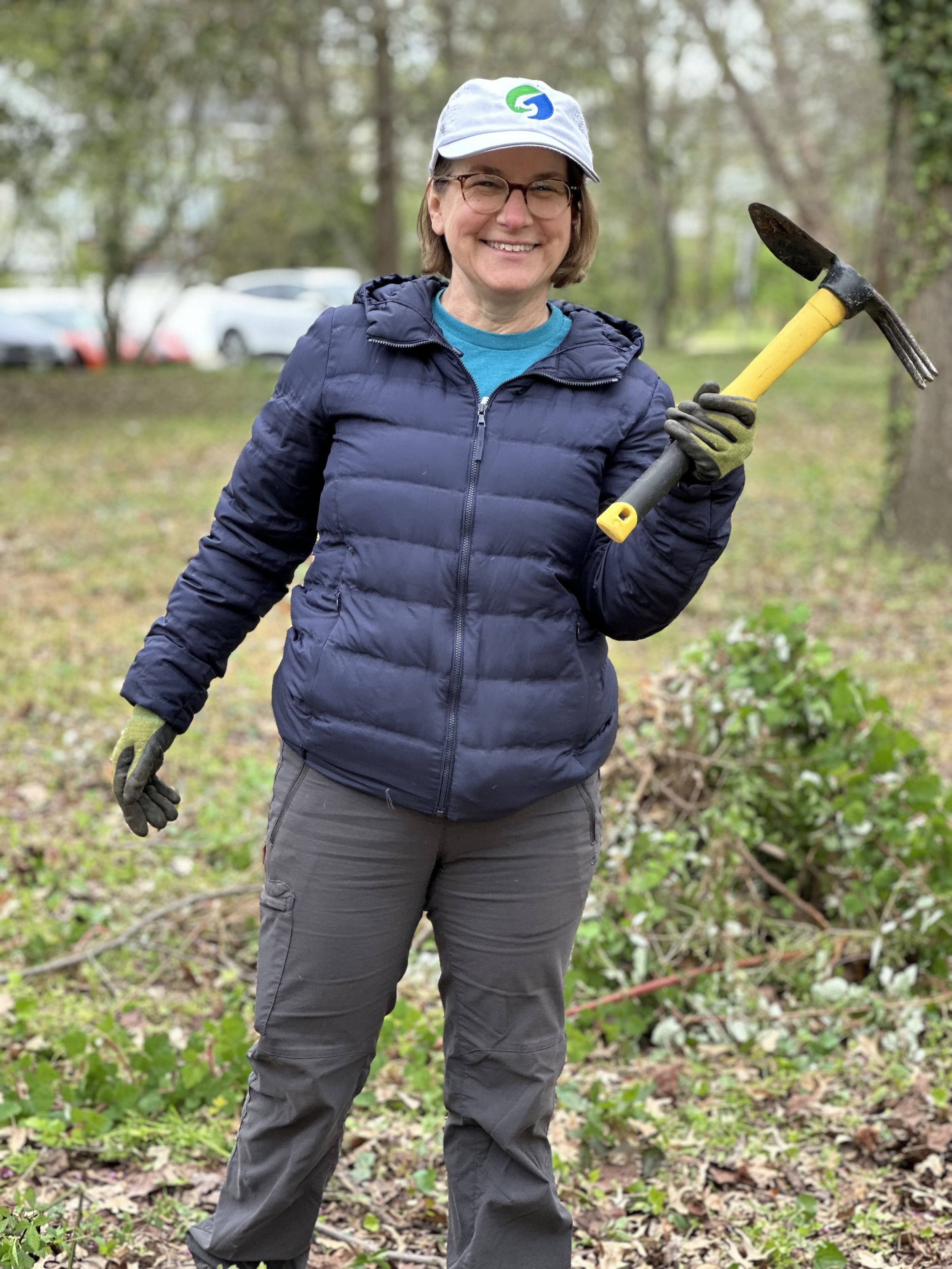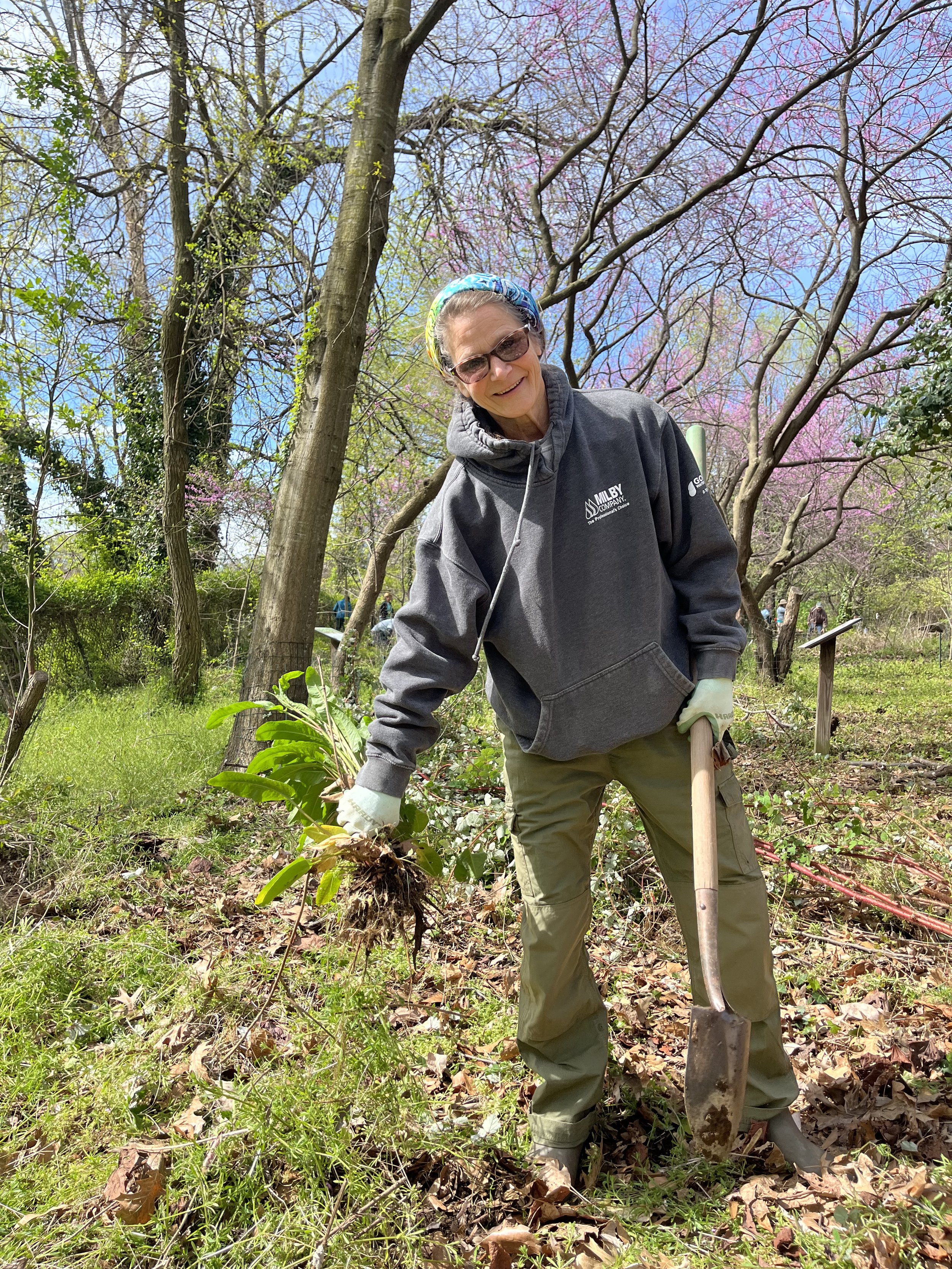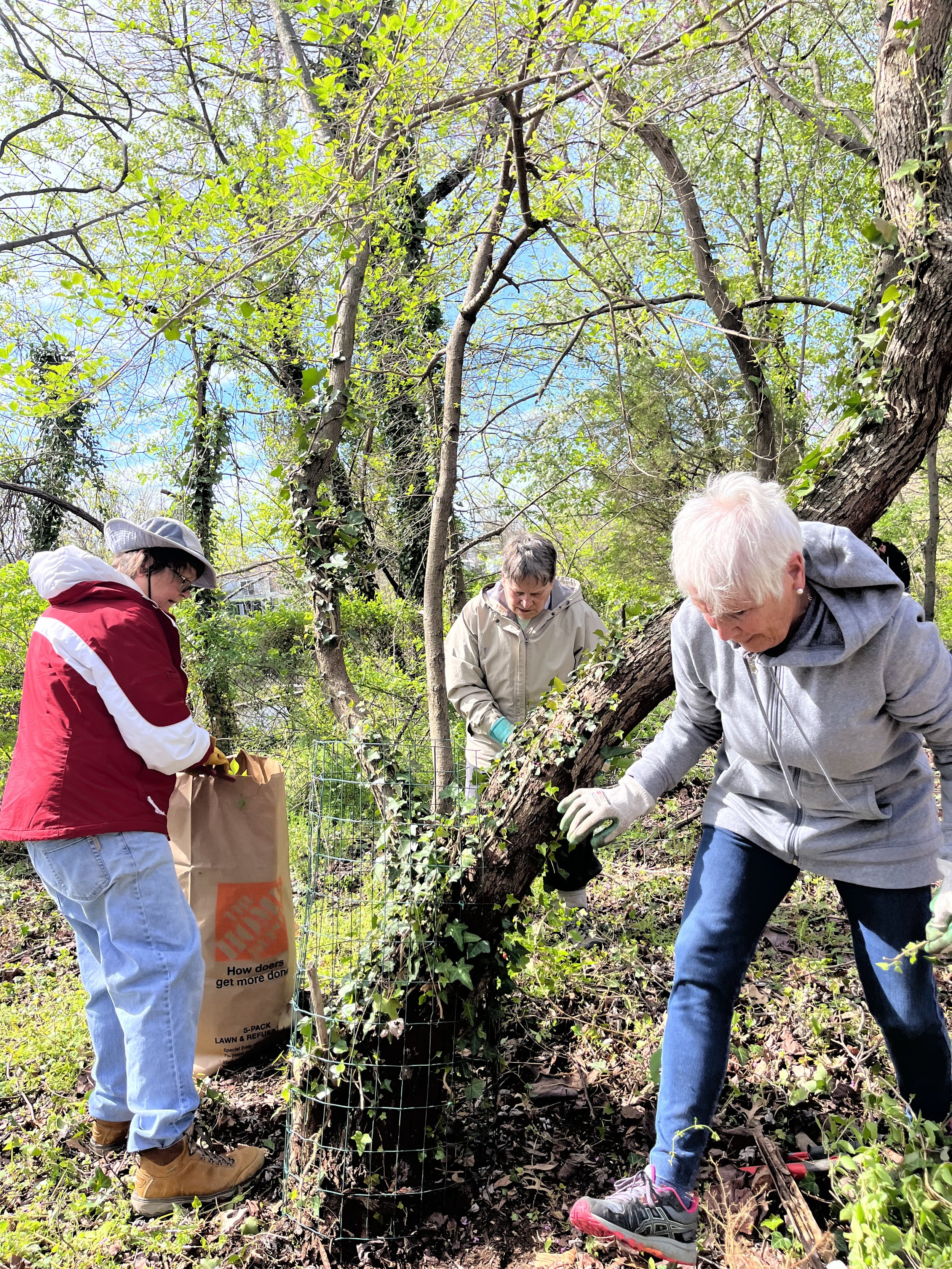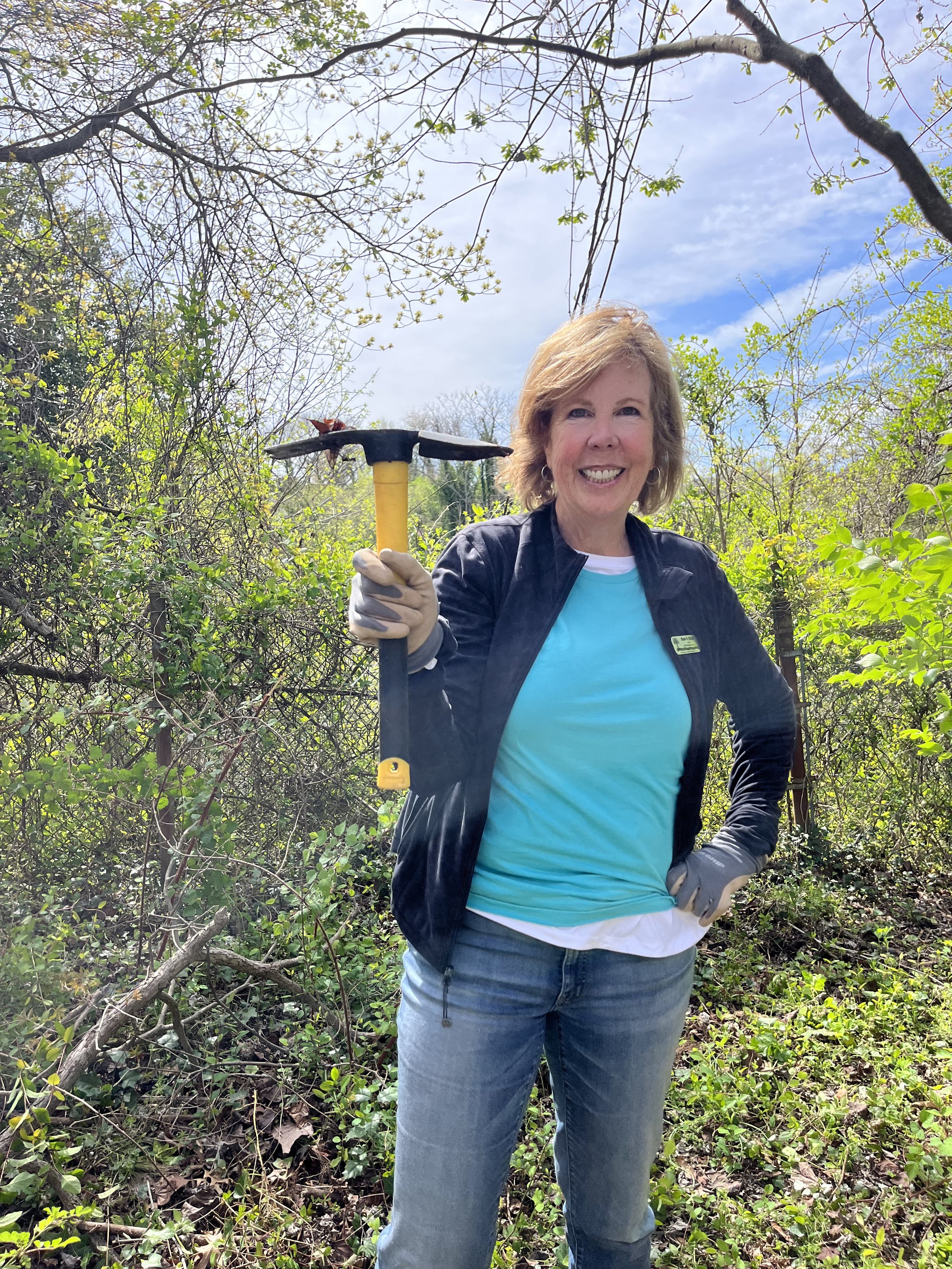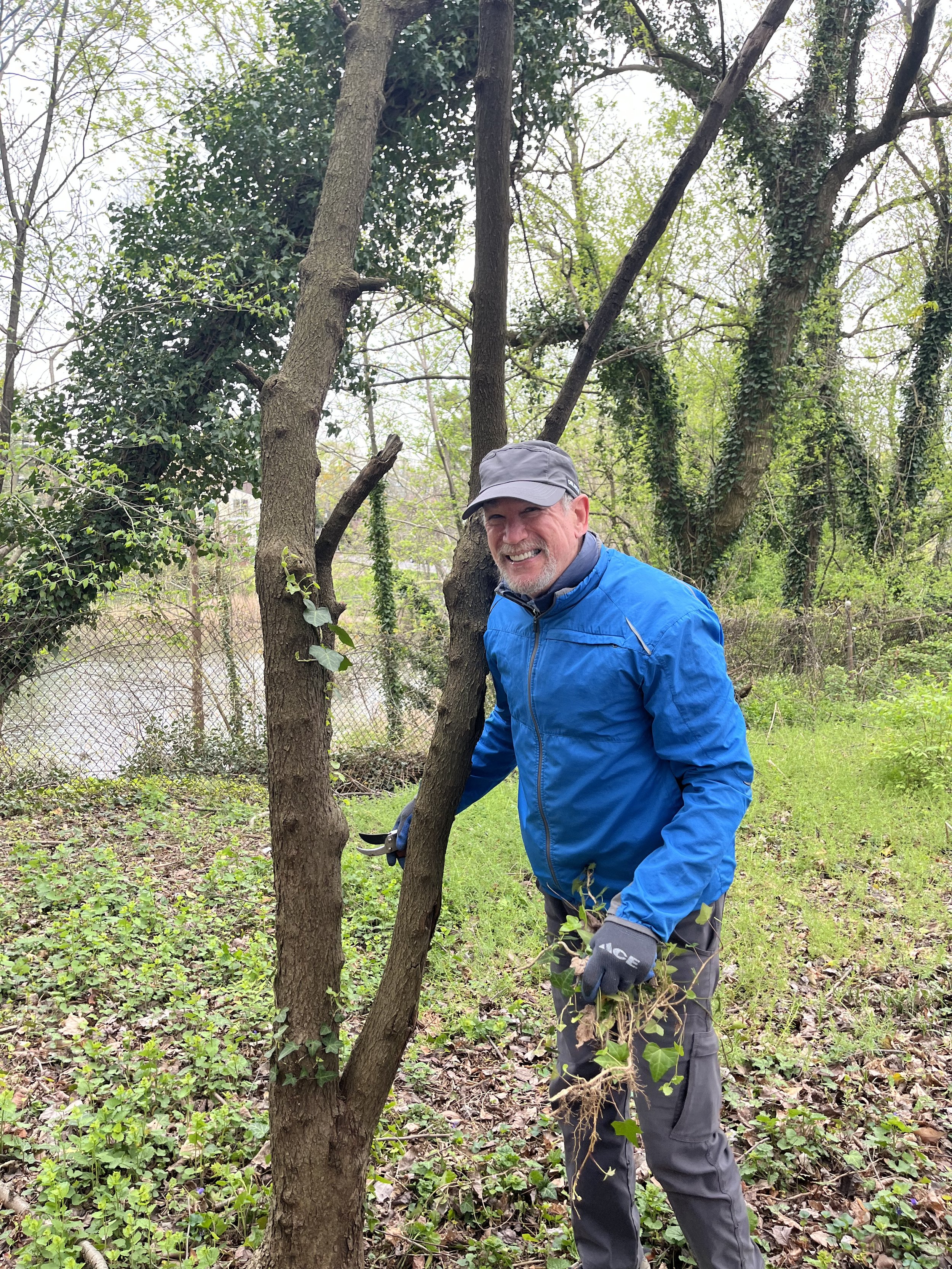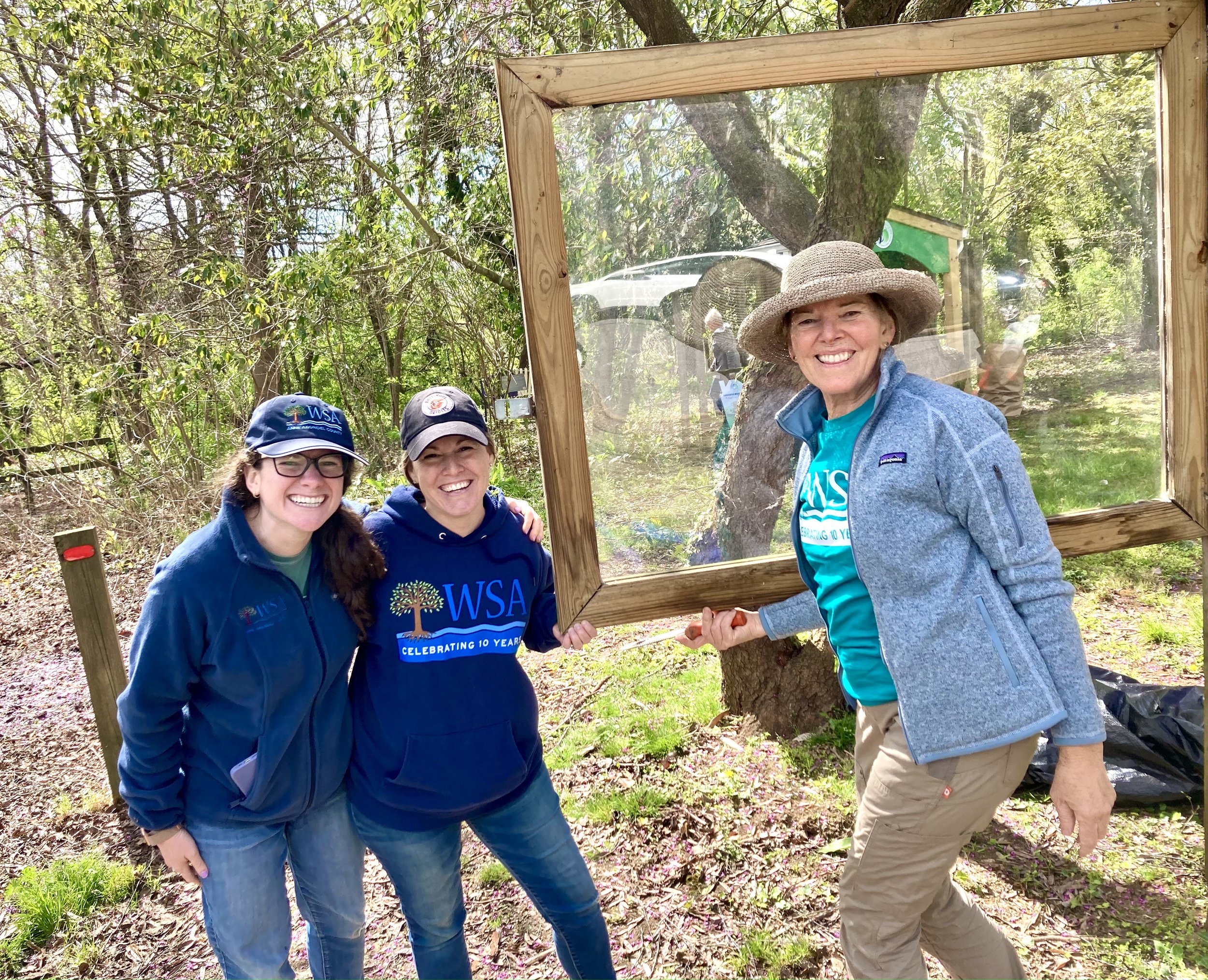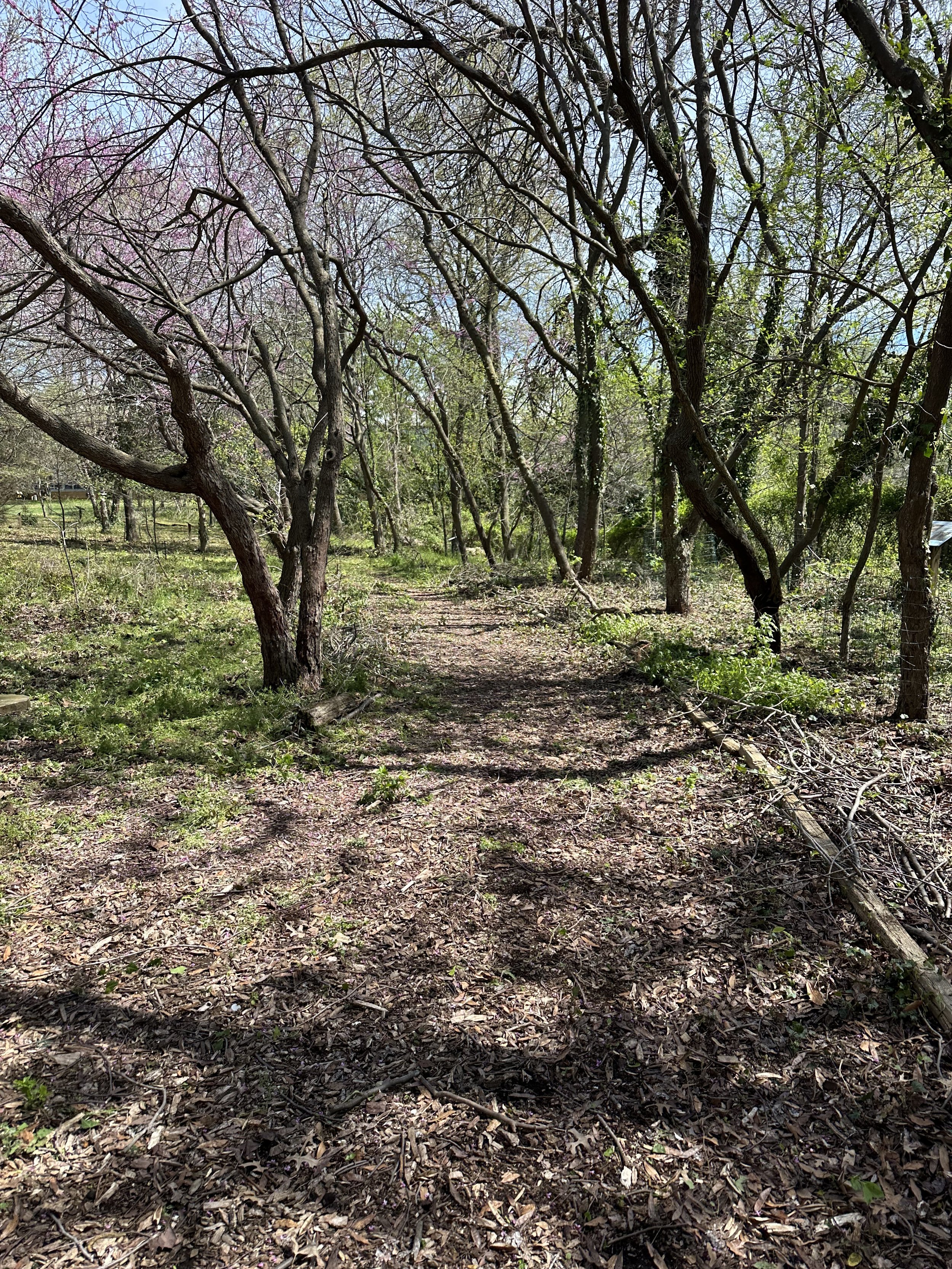Latin for Gardeners
May’s Native Maryland Plant
Osmundastrum cinnamomeum (L.) C.Presl
(os-mun-DAS-trum sin-uh-MOH-mee-um)
Common Name: Cinnamon Fern
Ferns may not be the first plant that comes to mind when designing a native garden; they’re not a food source for pollinators or other fauna, they generally grow in shade and offer little color, and most of them are deciduous. However, as a long-lived groundcover, to add texture and to provide protection for ground foraging birds and amphibians (especially toads and frogs), you can’t go wrong with ferns. In addition, ferns are one plant that deer are known to avoid which may be one of the best reasons to plant them.
Osmundastrum cinnamomeum is an exceptional fern for several reasons. This fern has two visually distinctive kinds of fronds aka dimorphic fronds, which are used in its identification. The fertile fronds (leaves with packets of spores known as sporangia) and sterile fronds (leaves without sporangia) add to its overall attractiveness. In spring its sterile woolly fiddleheads emerge and quickly grow to cover a large area, up to 5’ tall and wide; in April the fertile fronds emerge in the center of the clump of sterile fronds. As the spores on the frond mature, they are released from the sporangia and the reproductive frond becomes a bare, brittle stalk that withers and decomposes; the remainder of the plant will turn yellow in the fall and remain until early winter before dying back and going dormant.
This is a very versatile fern, able to tolerate full sun to full shade, the former if planted where it’s provided consistent moisture, in shade it can be quite drought tolerant. Cinnamon ferns are found on poorly-drained sites in swamps, marshes, and wet forests – they’ll do especially well in yards with reliable moisture, often at the bottom of slopes.
Interestingly, this plant has been identified in the geologic record as far back as 75 million years ago – it is considered a living fossil. If you have moist areas in your landscape, consider using this fern as a companion to native perennials like Cranesbill (Geranium maculatum) or Foamflower (Tiarella cordifolia) as shown above left. Cinnamon ferns can slowly form colonies in undisturbed moist sites.
NOTE: Scientific names of plants may change based on genetic and morphological findings. This plant was previously classified as Osmunda cinnamomea but was recently reclassified as Osmundastrum cinnamomeum; it is the only living species in the genus. The newer categorization has been adopted by the Integrated Taxonomic Information System that provides information on the taxonomy of biological species.
Alison Milligan – MG/MN 2013
Watershed Steward Class 7/CBLP
aligmilligan@gmail.com




